Forget about rescuing the medical profession. Australia has a generation of chief health officers and doctors who can’t bring themselves to define a ‘woman’ for fear of the activist pitch-fork mob. That’s a clear indication that ideological rot has become a terminal condition – which might go part-way to explaining why so many ‘experts’ turned into megalomaniacs during Covid, screeching ‘Show me your papers!!!’ while forcing citizens to stand in little green circles painted on the ground.
No. Let’s move on and see if there is anything left to save in the realms of ‘climate science’.
There is a consensus among this well-funded industry that the world is going to end in a fiery apocalypse unless something is done about ‘carbon emissions’. With trillions of dollars being poured in over decades, surely they have come up with some brilliant solutions? (Sh, we’re not going to talk about nuclear.)
This ‘Space Bubble’ shield could counter the effects of climate change by reflecting the sun’s rays, said the World Economic Forum, on June 20, 2022.
The Massachusetts Institute of Technology (MIT) has been fussing around with the idea of placing ‘floating frozen bubbles in a thin film above Earth to reflect the sun’s rays’. This branch of science is called geoengineering – or solar geoengineering in this case – and it has been enjoying a lot of attention as the United Nations scrambles around for solutions to the apocalypse.
Space bubble technology boasts that it poses ‘no risk of interfering with the Earth’s biosphere’ because it’s ‘in space’.
‘Geoengineering might be our final and only option. Yet most geoengineering proposals are earth-bound, which poses tremendous risks to our living ecosystem. Space-based solutions would be safer – for instance, if we deflect 1.8 per cent of incident solar radiation before it hits our planet, we could fully reverse today’s global warming.’
I guess the sun doesn’t interfere with the Earth’s biosphere either, because it’s ‘in space’. Or the moon. Or the solar winds.
Putting a Brazil-sized sheet of bubbles in space to block out the sun is likely to have some unintended consequences. If it works (instead of falling into the sun, being blown away by a solar flare, or flying off into they abyss as another planet or asteroid interferes with the gravity balance), the most likely outcome is a catastrophic ice age.
Blocking out the sun, even by small amounts, could cause widespread devastation to Earth’s vegetation – which likes to be warm, wet, and saturated in carbon dioxide – not frosty. The one thing that we know for certain is that the colder it gets, the more green things die.
The next question is a moral one. Does any singular nation or scientific authority have the right to interfere with the sunlight for the whole planet? How would the Russians feel about some MIT scientist trying to make the world colder?
Right now they’re calling it ‘Plan B’ but it’s feeling more like a ‘Plan F’.
It’s reminiscent of NASA’s ‘Asteroid capture’ project created when a group of American engineers decided they wanted to go out and tow stray asteroids into Earth’s orbit to study them so they could better protect us from – uh – asteroids entering Earth’s orbit.
What could go wrong? After all, this is the same NASA that crashed the $125 million Mars Climate Orbiter into the planet because they got their feet and metres confused. The Asteroid Redirect Mission from 2013 was meant to launch in 2021. Thankfully it was cancelled. For now.
Besides, it would have been a waste of money. NASA is already tracking two ‘huge asteroids’ that are headed for Earth orbit in the next 24 hours. 2016 CZ31 is about the size of a London skyscraper and 2013 CU83 is 320m across. Before you get ready to cross ‘asteroid’ off your End of the World Bingo Card, this sort of ‘near-miss’ is pretty common. Space is always trying to kill us.
The world has long recognised the Antarctic ecosystem as fragile and poorly understood (which is why China and Europe keep sending fishing vessels down to fish-out the krill population). Instead of doing something sensible, like banning the world’s greedy fingers from eating everything in sight, they’ve got a better plan.
Why not put up artificial islands to wedge some of its largest glaciers in place? If they don’t hit the warmer sea water, they won’t melt and raise sea levels. We could even drill down and start pumping water underneath them to change the temperature flow. (Stop laughing, these are serious proposals.)
The main project involves building a blockage in front of the Pine Island Glacier to stop it breaking off. Glaciers are slow-moving frozen rivers. The amount of force behind them is extraordinary and makes them one of the most aggressive re-shapers of the landscape. It’s doubtful that we could build anything strong enough to stop a glacier of this size, but if we could it would cause a whole new set of problems. Ice sheets are moving and their energy has to go somewhere. If it is forced to butt-up against an artificial wall, it’ll crumple behind, buckle, and warp. Far from stopping the ice from breaking off, it’s more likely to cause huge cracks to appear in previously pristine locations as the forces try to push through the obstacle.
Glaciers come and go. They are not stable physical entities. Many of the valleys in South Australia were formed by glaciation. 20,000 years ago, the Wisconsin Ice Sheet reached all the way to New York City. Glaciers used to join the UK to mainland Europe before a vicious river cut through the ice and tore out the English Channel.
Besides, if the ‘space bubble’ people succeed, there’ll be glaciers right across the Pacific. We could probably ski to China.
There’s also a plan to ‘spray tiny particles of sulfate aerosols into the atmosphere to reflect sunlight’ for the bargain price of $2.5 billion per year. These are the things produced by volcanic eruptions famous for creating mini-ice ages that lead to periods of mass starvation and years of ruined crops. But sure, why not jump the gun and do it voluntarily? Since it is widely believed that we’re about to enter a period of increased volcanism as the Pacific plate slips, we could double-up and go full ice age. New Zealand has a super volcano. It could chip in.
There is a downside. The scientists involved admit that the aerosols involved might ‘initiate ozone-destroying reactions allowing more ultraviolet rays to reach the Earth’. Still keen?
If being fried alive by ultraviolet radiation while simultaneously freezing to death doesn’t sound fun, there’s also a plan called, The Marine Cloud Brightening Project – which sounds a bit like a teeth-whitening exercise for clouds.
The project will ‘develop [a] spray technology that will generate controlled volumes and sizes of tiny sub-micrometer seawater particles in sufficient numbers to increase the local brightness of low clouds in a marine environment’.
‘However, changing the droplet size could also affect how long the clouds last and how much water they can hold. Because clouds form in the lowest level of the atmosphere called the troposphere, cloud brightening has a greater risk of affecting weather patterns than spraying sulfate aerosols high into the stratosphere’.
Trust me, these are the most ‘sensible’ geoengineering plans. They only get worse from here – such as ‘wrapping Greenland in a polypropylene blanket’ to stop its ice from melting, flooding Death Valley to lower sea levels (have fun getting that through the First Nations sacred site approval), and dumping lime and iron into the ocean to change its alkalinity.
It’s probably safer for the survival of planet Earth if geoengineering is defunded immediately and its engineers instead sent out to plant trees for a living.
If the experts want us to ‘trust them’ on Climate Change, they could start by dropping the Bond-themed plans to destroy the planet.
As usual, the best thing for us to do is – nothing.
Got something to add? Join the discussion and comment below.
Get 10 issues for just $10
Subscribe to The Spectator Australia today for the next 10 magazine issues, plus full online access, for just $10.

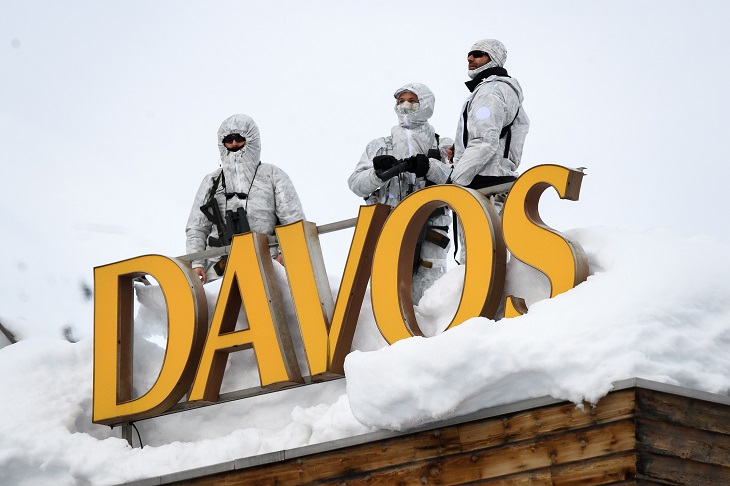
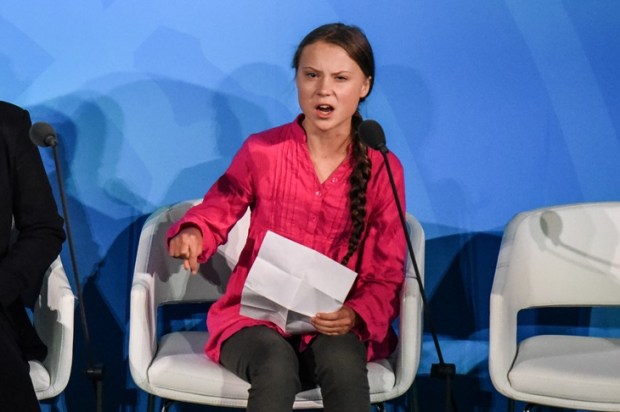

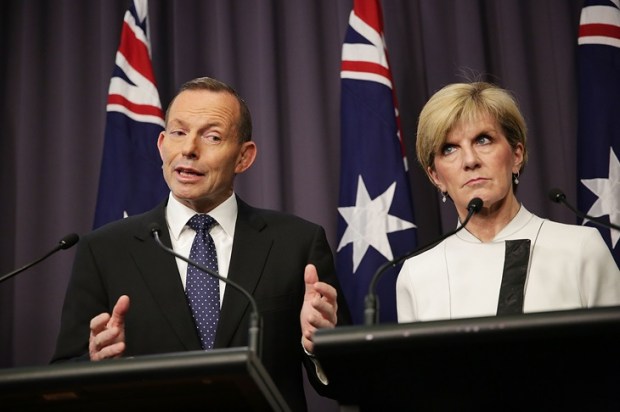
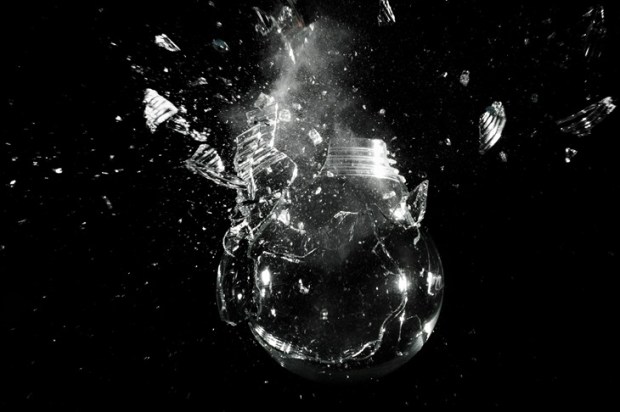

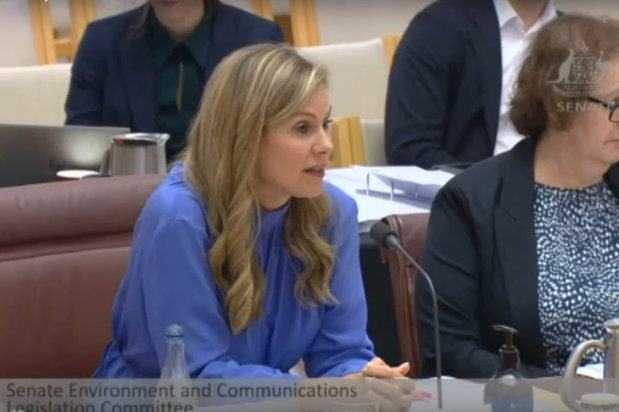


















Comments
Don't miss out
Join the conversation with other Spectator Australia readers. Subscribe to leave a comment.
SUBSCRIBEAlready a subscriber? Log in